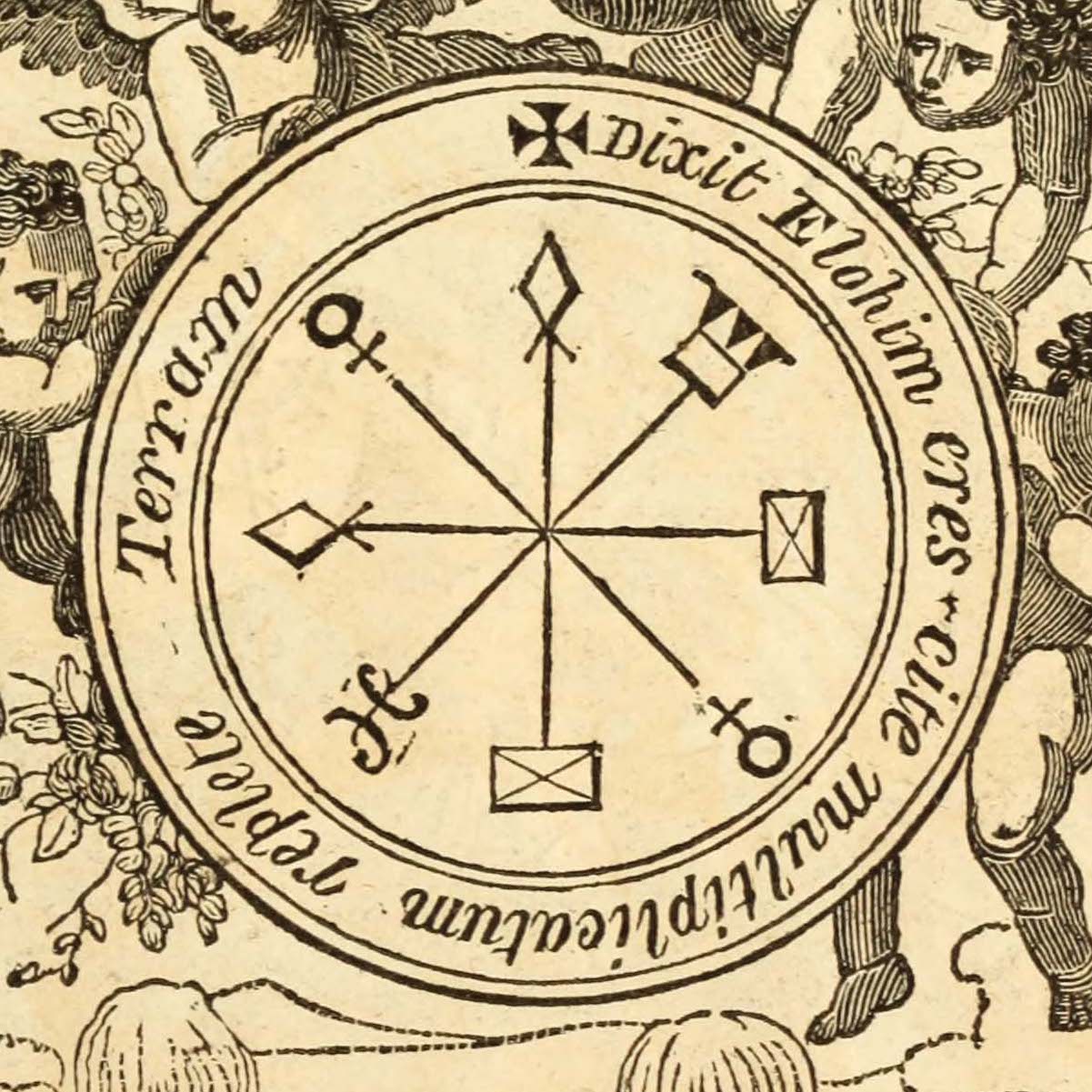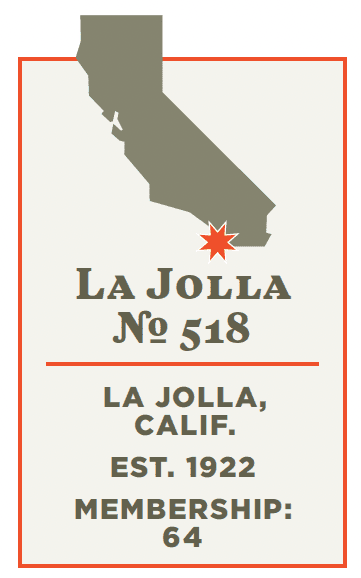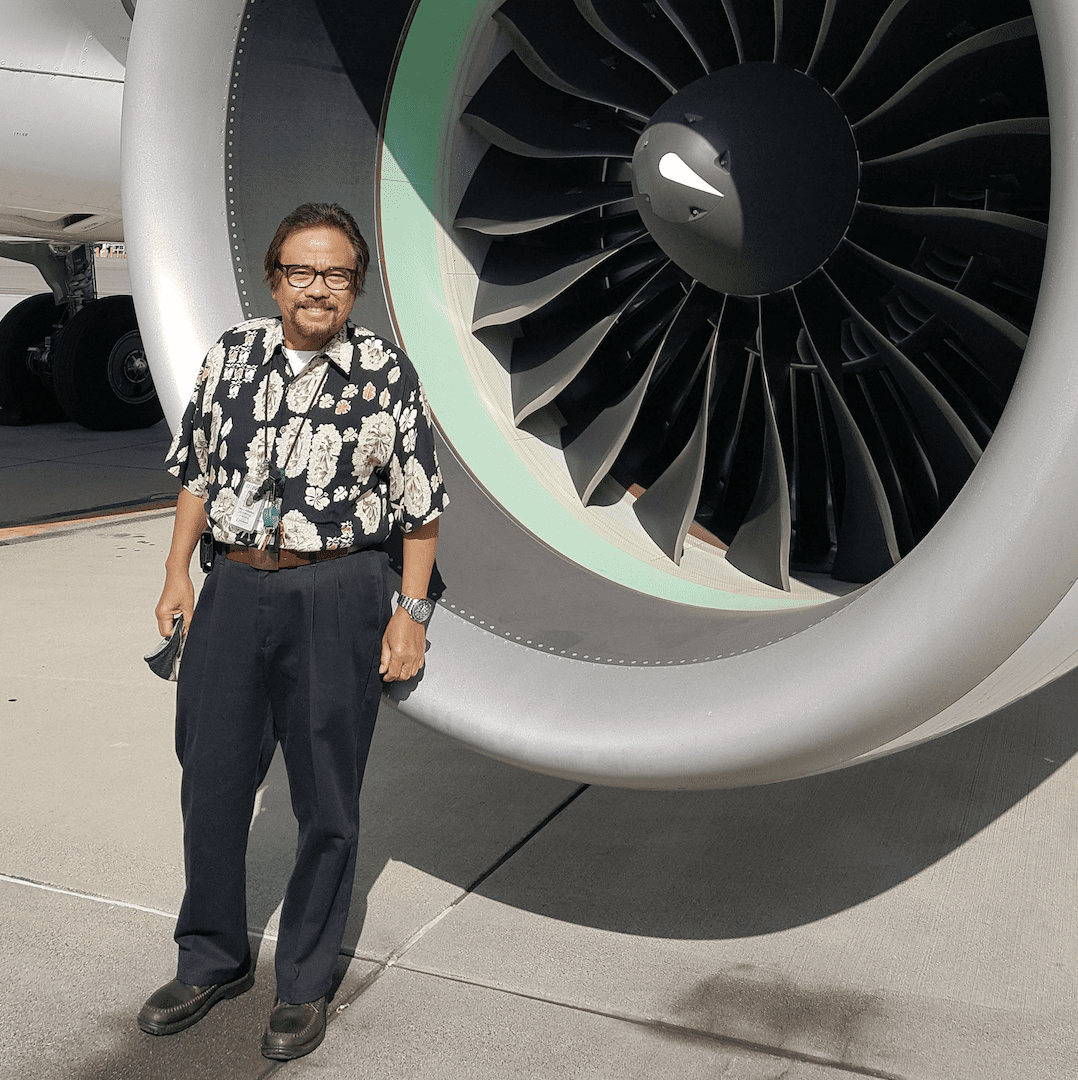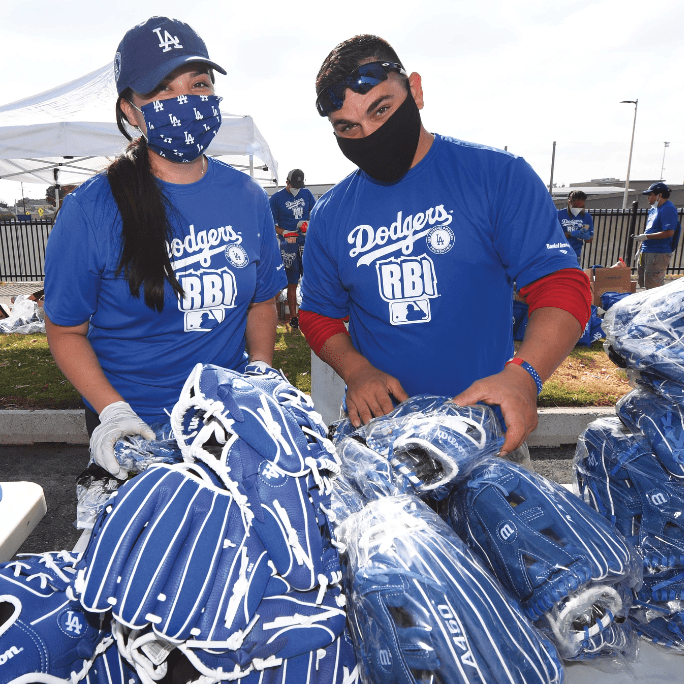
Freemasonry’s Spiritual Cousins
The California Masonic Symposium returns to explore Masonry’s spiritual roots.
By Antone Pierucci
The grand masters of the Grand Lodge of Iran in Exile and Baja California walk into a bar. That’s not the beginning of a joke—it really happened one day in 2016. Almost, anyway. It wasn’t a bar; it was La Jolla № 518, where these sorts of impromptu global meetups are fairly common—and definitely welcome.

Though small and unassuming from the street, La Jolla № 518 has played an outsize role in both California Masonry and international Masonic relations, particularly when it comes to the Grand Lodge of Iran in Exile.
It all started shortly after the 1979 Iranian Revolution, which sent thousands fleeing their homeland, with many Iranians finding refuge in the communities of Southern California. This influx of immigrants proved a special boon for La Jolla № 518, as it led to a membership surge, says lodge master Ata Zarieh. “First just one or two, but soon many more” Iranian members joined the lodge, he says.
That relationship was turbocharged in 2009, when the Grand Lodge of California entered into an agreement to share its Masonic jurisdiction in the state with the Grand Lodge of Iran in Exile, a network of lodges comprised of expats who’d immigrated to the United States. (Masonic lodges were banned in Iran following the revolution.) Local chapters of the Grand Lodge of Iran in Exile hold meetings in Los Angeles and Orange County, as well as in other U.S. cities. Naturally, members of La Jolla № 518 have been enthusiastic about visiting their fellow countrymen’s lodges. And today, members of La Jolla № 518 and Koorosh Lodge № 4, of the Grand Lodge of Iran in Exile, frequently sit in on each other’s degree ceremonies.
“We began to take on an international flavor,” Zarieh says of the La Jolla group. That extended beyond just the Iranian influence. Like other California lodges along the state’s southern border, La Jolla № 518 has a sister lodge in Mexico, Logia Simbólica Cuauhtémoc № 15. It was that relationship that precipitated a visit from the grand master of the Grand Lodge of Baja California in 2016, on a day that the grand master of the Grand Lodge of Iran in Exile happened to be paying his respects as well. “They met in our lodge room, and not long thereafter the two grand lodges formally recognized each other,” Zarieh explains. “I’m not saying we had something to do with that, but they did meet here first.”
Now, as the lodge celebrates its 100th anniversary, more than half a dozen members of La Jolla № 518 hold dual membership in the Grand Lodge of California and Iran in Exile. And the current grand secretary of Iran in Exile? “He was raised here in our lodge room,” says Al Kellner, past master of the lodge and the man who did the raising.
This long tradition of internationalism has created a uniquely diverse lodge culture—one that draws interest from a range of prospects. “With so many good men of different ethnicities, religions, and backgrounds, prospects can always find someone who resonates with them,” says Johnny Law, the lodge organist. “They can see themselves in the lodge, and that makes all the difference.”
PHOTOGRAPHY BY
Frank Rogozienski

The California Masonic Symposium returns to explore Masonry’s spiritual roots.

An aviation expert, this SoCal Mason has seen Masonic relief up close. That’s why now, he makes a point of giving back.

Masons4Mitts returns for another season with the support of the Masons of California and the California Masonic Foundation.